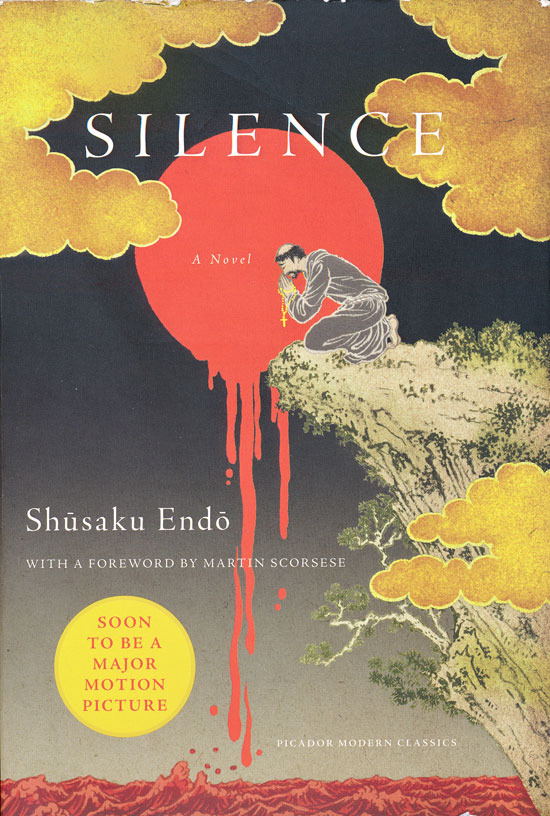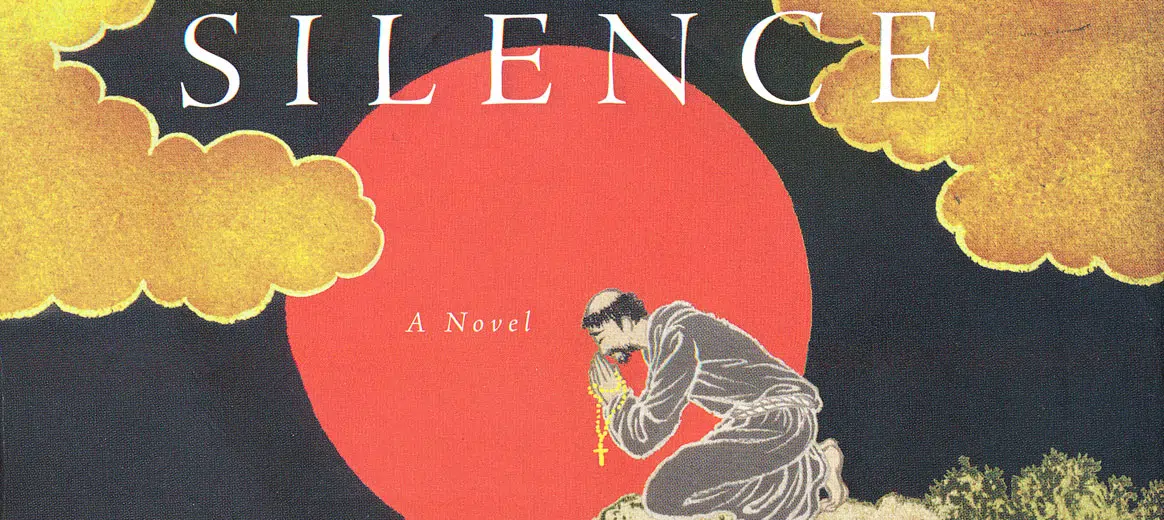(Warning: Spoiler Alert)
“The Pharisee took up his position and spoke this prayer to himself, ‘O God, I thank you that I am not like the rest of humanity — greedy, dishonest, adulterous — or even like this tax collector.’” Lk 18:10-14
This verse came to mind after watching the 2016 film “Silence,” directed by Martin Scorsese. It’s rare that I’m excited to see a new movie from Hollywood, but this was one I looked forward to seeing. After hearing the controversy of the film’s story of Catholic priests who apostatize their faith, I read the book first. After reading it and then watching the film with friends, we spent an hour unpacking themes such as the European colonization, defending one’s faith in a secular society and the hardships of missionary work. But overall, we felt disappointed by the protagonist and the ending.
“Silence” is a question of faith in the midst of suffering. Two young Jesuit priests are informed that their former teacher, Father Ferreira (played by Liam Neeson), had been captured by the Japanese government and renounced his faith. The two priests, Father Rodriguez (Andrew Garfield) and Father Garrpe (Adam Driver), leave Portugal for Japan to learn if the information is true.

Eventually, the two priest part ways to search for Father Ferreira. We follow Father Rodriguez, who associates his suffering with Christ’s Passion, and imagines he’ll receive a glorious martyrdom. We get a taste of Father Rodriguez’s thoughts in the film, where as in the book we are immersed in it. This is seen when he ponders the relationship between Jesus and Judas. When an apostatized Japanese Christian, Kichijiro, confesses, apostatizes again and betrays the priest for 300 pieces of silver, Father Rodriguez believes he is Judas. What’s different between their relationship from Jesus and Judas is that unlike Jesus, Father Rodriguez loathes and resents Kichijiro.
While imprisoned, Father Rodriguez watched Japanese Christians suffer torture and die. Eventually, Kichijiro comes to the prison, asking Father Rodriguez for the sacrament of confession. The priest reluctantly gives him absolution. Afterwards, Father Rodriguez revisits his arrogant and polarized view that he is the suffering Christ and Kichijiro is the backstabbing Judas.
When reading the book and watching the film, I wanted to shout out to Father Rodriguez, “What about Peter?” Both Peter and Judas rejected Jesus, and both professed immense remorse, yet Peter was saved by seeing Jesus’ face. Even though Kichijiro falls again and again and expresses his disdain for his own weakness, he continues to seek absolution. Isn’t this Kichijiro more like Peter than Judas? But both the film and book follow the narration of Father Rodriguez who despises the repentant because he is a coward, unworthy of martyrdom.
The great irony is the ending, where Kichijiro returns to the priest who has apostatized publicly. Father Rodriguez is now a Buddhist and has a Japanese name, a Japanese wife and son, and works under the control of the Japanese. Kichijiro begs for absolution, which Father Rodriguez refuses. Eventually, he gives in and has an epiphany that God was never silent in his suffering and Father Rodriguez is worthy of God’s mercy. I believe he realizes how wrong he was to judge Kichijiro because he was similar to him.
While the book ends on the priest’s epiphany, the film concludes with his Buddhist funeral. In his coffin, we are privy to see a concealed crucifix in his hand. This is what I believe has stirred concern. In my discussion with friends, someone commented on the scriptural reference that God will spit out the “lukewarm.”
In a video review of the film, Bishop Robert E. Barron, auxiliary bishop of Los Angeles, said, “I think that cultural elite of Japan wanted a Christianity that was divided, splintered and unsure. It served their purpose. I’m afraid the cultural elite today wants and celebrates the same kind of Christianity.”
Alternate Ending for the Movie
One ending that could have portrayed hope and unfolded more Japanese history would have explained the expulsion of Catholicism in Japan in the Edict of 1635. Then show large European ships entering Japanese harbors, with on-screen text that reads, “200 Years Later.” Heavy winds blow past the ships’ crewmen and clergymen who have been allowed entry into Japan. A priest exits the ship and begins to reach out to the Japanese. A person sees his crucifix and leads him to a hidden room. There, the priest uncovers more than 30,000 Christians living in secret. One of them shows the priest a cross that had been passed down by Father Rodriguez.
In any story we live vicariously through the characters, particularly the protagonist. As observers we want the protagonist to succeed in their mission; that they’re journey and our time isn’t wasted. I was disappointed by the protagonist in “Silence.” I’ve heard people argue that his apostasy is excusable because of the torture and psychological torment he underwent. Bishop Barron makes an excellent analogy of Jesuits to Special Ops. If Special Ops were to be captured by terrorists and submitted to the terrorists’ will, would we think they were patriotic? Probably not.
“Silence” begs the question, “What about Judas?” In a general audience in 2006, Retired Pope Benedict XVI said, “This mystery is even more profound if one thinks of his eternal fate, knowing that Judas, ‘repented and bought back the 30 pieces of silver … ’ Though he departed afterward to hang himself, it is not for us to judge his gesture, putting ourselves in God’s place, who is infinitely merciful and just.”
The fate of Judas is tragic and is believed he went Hell based from Jesus referring to him as “the son of perdition” in John 17:12. Either way, why wallow in the despair of this apostle, when there is hope in another apostle who denied Christ and was forgiven? I understand the intrigue into Judas, but it seems unrealistic that while a priest meditates on Jesus and Judas he would forget about Peter. No matter how many times we fall like Judas, we can always seek absolution.



Learn from the risen Lord